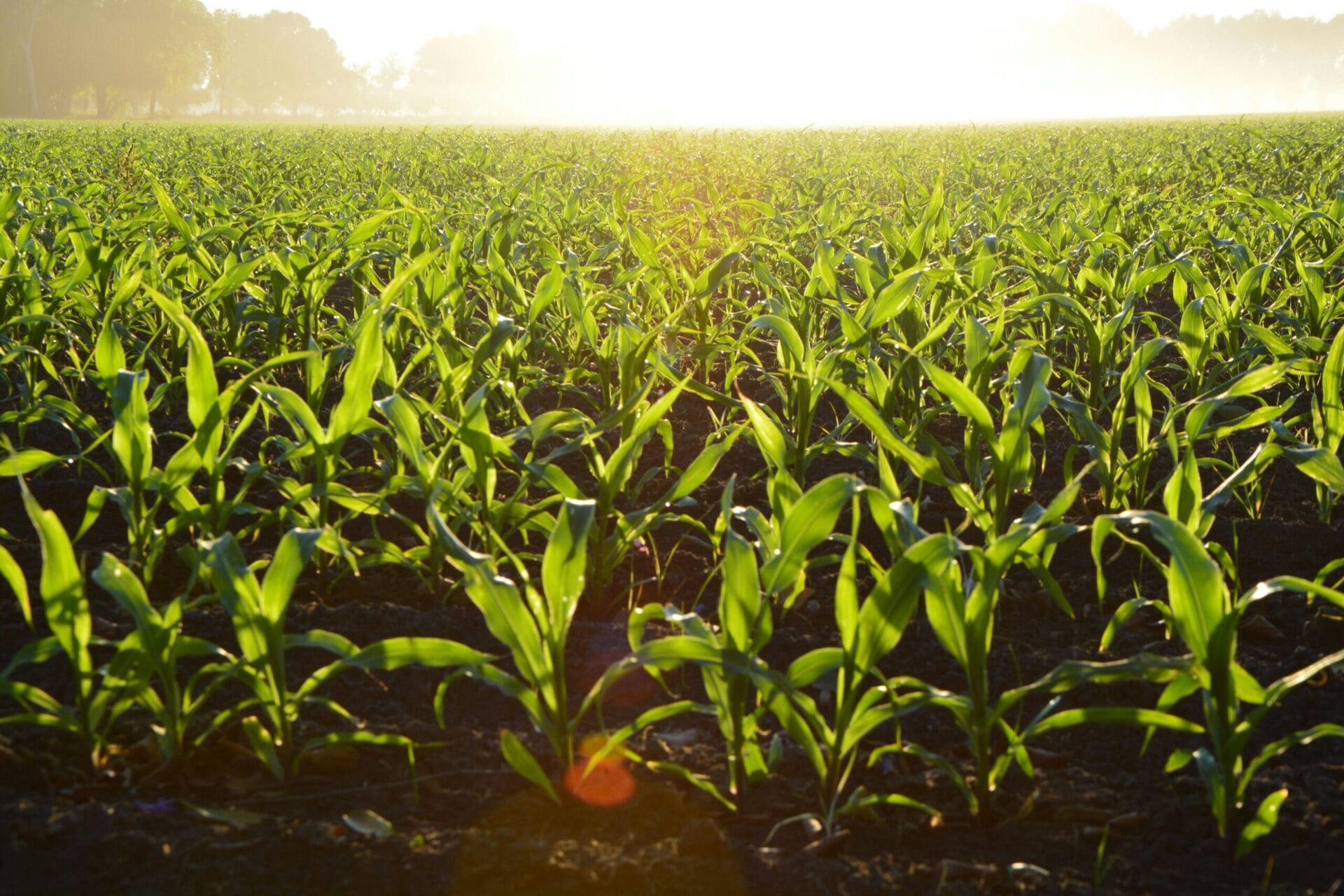
Healthy soil, resilient Farms: Absorbing more rain, holding more water
Autumn has arrived in the UK, and with it we’ll no doubt be flooded with all too familiar headlines: fields under water, roads washed out, crops lost to flooding. With extreme weather events becoming more common, farmers are being asked to balance two seemingly opposite threats: drought in summer and waterlogging in autumn and winter.
But the solution to both may lie beneath our feet.
Why healthy soils handle extremes better
As Simon Revell from Claydon Drills explained in our latest podcast episode, soil health isn’t just about crop nutrition. Healthy, well-structured soils are more resilient:
- During droughts, they retain moisture for longer, keeping crops alive through dry spells.
- During floods, they absorb water faster and hold it safely, reducing runoff and erosion.
It sounds like a paradox - how can soil both hold more water and let it in faster? The answer lies in biology and structure.
The role of soil structure and biology
When soils are left undisturbed and enriched with organic matter, earthworms, microbes, and roots create stable aggregates and natural pore spaces. These improve:
- Infiltration – rainwater soaks in quickly rather than running off.
- Storage – water is held in the soil profile, available to crops when needed.
- Drainage – excess water moves through rather than sitting on the surface.
In contrast, compacted or over-cultivated soils lack structure. They crust, repel water, and leave fields vulnerable to both erosion and standing floods.
Building resilience on UK farms
With the Environment Agency warning of increased flood risk this winter, improving soil health is more urgent than ever. Some proven strategies include:
- Reduced tillage to protect soil structure and biology.
- Cover crops to increase organic matter, protect bare soils, and add rooting channels.
- Biological amendments such as Sea2Soil, which feed soil microbes, boost organic matter breakdown, and support natural soil aggregation.
These practices don’t just prevent crop losses - they also build long-term resilience, reduce input reliance, and contribute to climate adaptation goals.
Looking ahead
Whether it’s three weeks of drought at 30°C or three days of relentless rain, farmers across the UK are facing conditions that put soils under pressure. But as Simon put it, “Healthy soil can hold more humidity in the soil, and it can absorb more quickly.”
The farms that invest in soil health today are the ones that will weather tomorrow’s storms - literally.
Hear more insights from Simon Revell of Claydon Drills in our latest Sea2Soil Podcast episode: [Listen now]